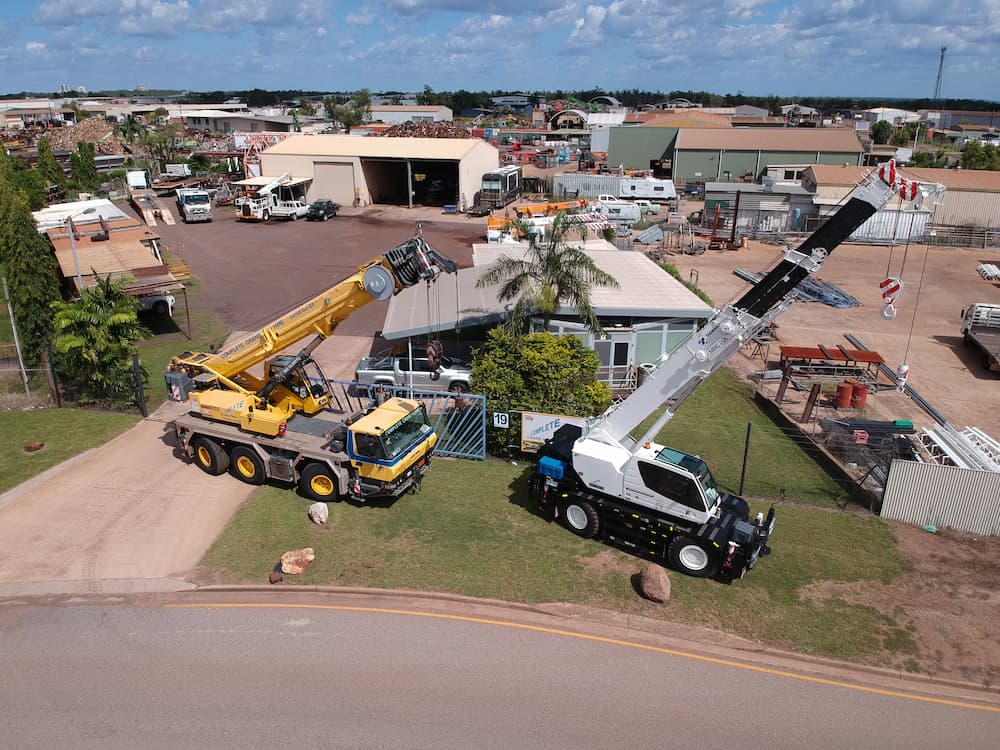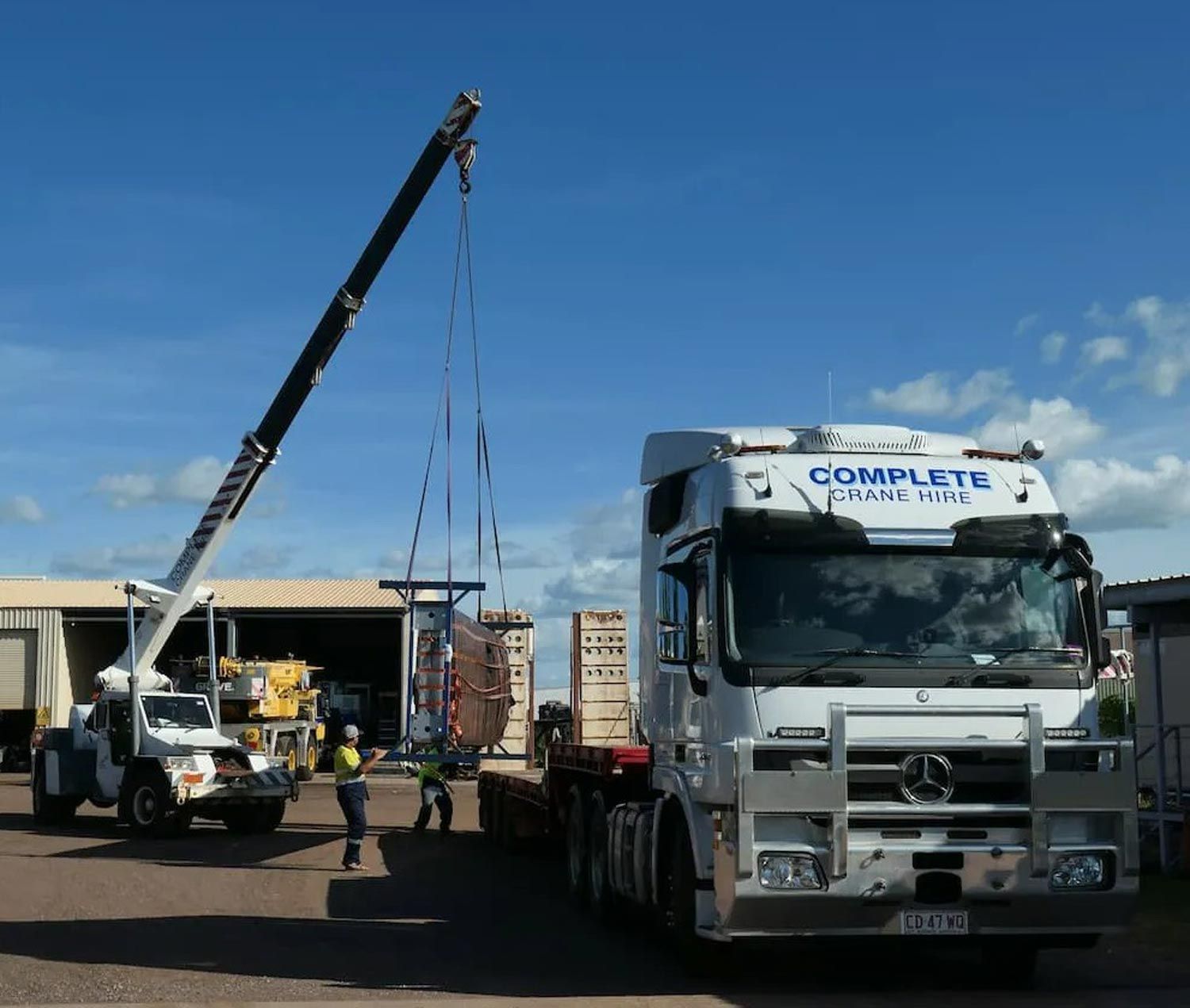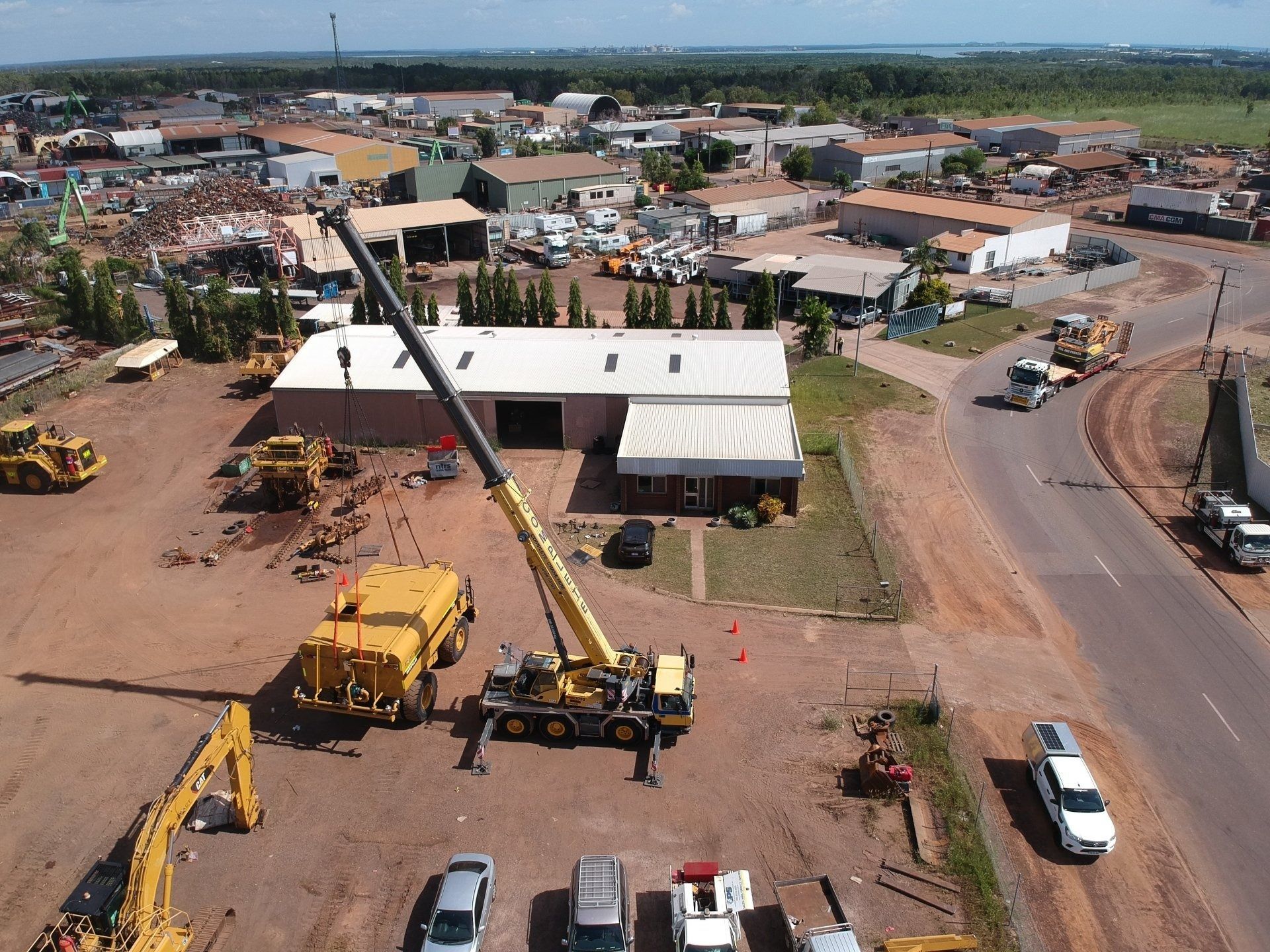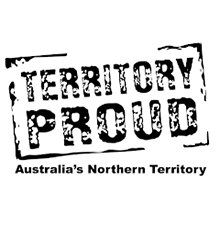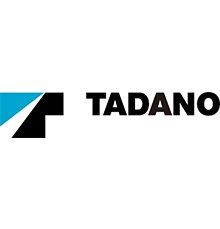How to Choose the Right Crane for Your Construction Project
This is a subtitle for your new post

Planning a construction project and unsure which crane is the right fit? Whether you're building high, working in tight spaces, or lifting across uneven terrain, selecting the right crane can make all the difference. With so many options available, understanding each type’s strengths and limitations helps avoid costly delays and safety risks. In this blog, we’ll explore how to match crane types with project requirements, making it easier to get the job done safely and efficiently.
Assessing Your Project Requirements
Before selecting a crane, evaluate your construction site thoroughly. Key factors include:
- Lift weight: What is the heaviest object you need to lift?
- Lift height: How high do you need to place materials or equipment?
- Site access: Are there access restrictions or confined areas?
- Ground conditions: Is the ground level, paved, or rough terrain?
- Duration: Will the crane be used for a short-term lift or throughout the project?
Clear answers to these questions help narrow down the most suitable crane for your project needs.
Common Crane Types & Their Applications
There’s no one-size-fits-all crane. Here are the most widely used types and where they’re commonly deployed:
Mobile Cranes:
These are versatile and ideal for short-term or quick setup lifting. Mounted on wheels or tracks, mobile cranes are useful on sites with limited space or where frequent repositioning is needed.
- Application: General construction, utility work, short-term lifts.
All-Terrain Cranes:
Combining the mobility of truck-mounted cranes with the stability of rough-terrain units, all-terrain cranes are built for flexibility. They travel easily on highways and manage well on uneven job sites.
- Application: Infrastructure, industrial plants, remote access lifts.
Franna Cranes:
Frannas are pick-and-carry cranes without outriggers. Highly mobile and compact, they’re commonly used for lighter lifts or on busy sites where quick manoeuvrability is needed.
- Application: Transport yards, warehouse relocation, material handling.
Crawler Cranes:
Built on tracks, crawler cranes offer excellent stability and can lift heavy loads. While they’re not road-friendly, they perform well on soft or uneven ground and are useful for long-term projects.
- Application: Civil works, bridge construction, major infrastructure.
Tower Cranes:
Fixed to the ground or mounted on buildings, tower cranes are designed for high-rise projects. They provide extensive reach and height but require more setup time and planning.
- Application: High-rise developments, large commercial buildings.
Matching Crane Type with Project Site:
Different environments call for different crane features. Here’s how crane types align with typical construction site conditions:
- Urban Projects: Compact cranes, such as Frannas or smaller mobile cranes, are well-suited for navigating narrow streets and working near other buildings.
- Remote or Off-Road Locations: All-terrain or crawler cranes provide the stability needed when roads are unsealed or uneven.
- Large-Scale Construction: Crawler or tower cranes offer high lifting capacity and reach for long-term structural work.
Matching the crane type to your site environment improves workflow, reduces downtime, and limits the need for additional equipment.
Load Capacity & Safety Factors:
Understanding the load chart of your crane is crucial. Every crane has a maximum lifting capacity that varies based on boom angle, extension, and counterweights. Overloading or working beyond the reach specifications can lead to instability.
Professionally managed crane hire in Darwin includes the planning and setup of all lifting operations. This includes rigging, operator support, and load assessments that comply with safety standards.
Project Duration & Setup Requirements:
Some cranes—like mobile or Franna units—require minimal setup and are suited for single-day use or fast-paced sites. Others, like tower or crawler cranes, require more time for mobilisation and disassembly but may offer long-term cost benefits for extended projects.
Choose a crane that suits not only your immediate needs but also the broader timeline of your project. If site conditions or timelines change, it’s worth discussing options with your local provider for flexible solutions.
Local Knowledge Matters: Crane Hire Near You:
When searching for crane hire near me, opting for a local provider can simplify logistics. A local team understands Darwin’s climate, terrain, and compliance requirements. This means quicker response times, site visits for tailored planning, and reduced mobilisation costs.
Working with a Darwin-based crane hire team also offers access to operators familiar with the local construction standards, increasing project efficiency and safety outcomes.
The Importance of Certified Operators & Maintenance:
Even with the right crane selected, performance and safety depend on the operator and the condition of the equipment. Choose a provider that offers regularly maintained cranes, pre-lift inspections, and certified operators.
Ask about:
- Maintenance schedules.
- Risk assessments and lift planning.
- On-site support or supervision during critical lifts.
A professional crane hire service doesn’t just provide the machine—it also includes the operational support to carry out safe, compliant lifts.
Choosing Based on Budget & Efficiency:
Budget is often a determining factor in crane selection. It’s important to weigh initial hire costs against overall project efficiency. For example, using a larger crane with higher capacity may seem more expensive upfront, but it could reduce total lift time and minimise delays, saving money in the long run. Talk to your provider about flexible hire terms and whether a dry hire or wet hire arrangement better suits your project. Wet hire includes an operator and is ideal for complex lifts, while dry hire is more suited to experienced project teams with certified personnel.
Future-Proofing Through Scalable Crane Solutions:
Construction projects often evolve midway—more lifts may be added, access points may change, or timelines could shift. Choosing a crane hire partner with a broad fleet and responsive support allows you to scale equipment up or down as needed.
Having scalable solutions means your project can adapt to challenges without major disruptions, particularly in dynamic environments like Darwin’s construction sector.
Need a Lift? Explore Our Fleet of Cranes in Darwin:
Choosing the right crane comes down to knowing your project needs, site conditions, and the type of lifts required. From compact Frannas to long-reach tower cranes, each has its place on the job site. Safety, efficiency, and cost-effectiveness all begin with informed decisions and the right local support.
At Complete Crane Hire (NT), we offer a wide range of cranes in Darwin that are tailored to commercial and industrial needs. Whether you're lifting in tight city streets or working on a large remote site, we provide dependable crane hire in Darwin with local know-how.
Contact us today to discuss your lift planning or request a site visit to get started.
